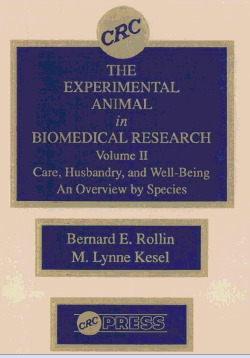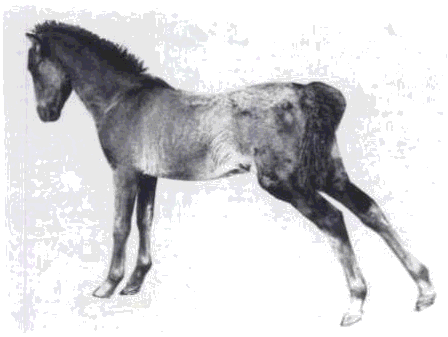 -
- Systemic and symmetrical stretching
(pandiculation) is yet another notable
action pattern in horses, which has relationship
to body care. The general manner, in which
horses stretch themselves as a stationary form
of kinesis, is widely known. The specifics of
such equine stretching actions have much
consistency, as follows: they are usually
performed after rising. Most strteching occurs
as a series of actions including: flexion of the
throat, arching of the neck, straightening of
the back, elevation and movement of the tail,
and full extension of the hind limbs. Extension
of the fore limbs, singly or together, is a
related exercice.
-
 - This aspect of equine function in which
systematic stretching occurs is a compound
phenomenon homologous to the action termed
pandiculation in humans. In consequence it is
necessary now to regard systematic stretching as
a comparative phenomenon with some role in
self-maintenance. It also appears to function as
an expression of well-being, especially in
foals, in which it is very commonly observed.
Healthy foals average about 40 to 50
pandiculations per day, in various forms and in
recumbent or upright positions. Being the
uniquely kinetic domesticated animal, the horse
presents itself as a suitable subject in which
to note this remarkably neglected feature of
behavior, serving as both body care and movement
(kinesis).
-
- -Fraser
AF Pandiculation: the comparative phenomenon
of systematic stretching Appl Anim Behav
Sci1989;23:263-268
- -Fraser
AF The phenomenon of pandiculation in the
kinetic behaviour of the sheep fetus. Appl Anim.
Behav. Sci., 1989;24:169-182
|


